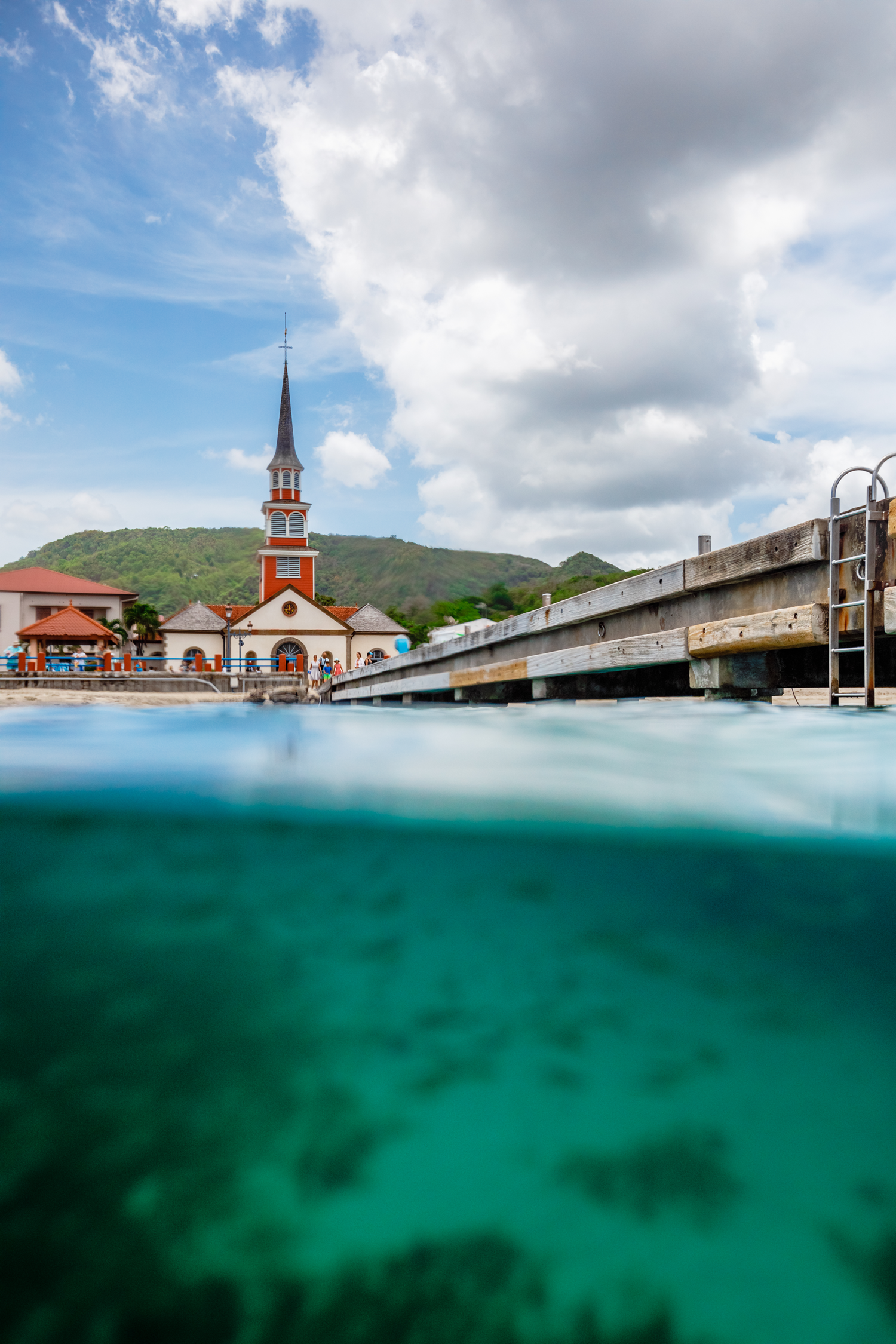Before you go any further...
I've read and accept the Terms of Use and the Privacy Policy.
I accept to receive newsletter and other communications associated with firms of The Explorers Network group'
I accept to receive commercial offers of The Explorers Network partners'.
Thanks!
Vote everyday for your favorite content
SENSITIVE CONTENT
This media contains sensitive content which some people may find disturbing or offensive.
You must be 15 years of age or older to view sensitive content.
Log inBirthday
Content being validated
THE EXPLORERS +
Watch our premium movies
The Explorers + is our premium movie catalog in Ultra High Definition (HD/4K/8K)! Hundreds of videos already available and daily new content on all your devices (web, mobile, tablets, smart TV).
Post content (photo or video) and get 1-month free
OR
Subscribe and support The Explorers Foundation's field actions for biodiversity.

Content being validated
The union of Christian elements and Creole imagination
1
0
The boom in the Christian practice recorded in Martinique following the general emancipation of slaves ordered in 1848 resulted in a multiplication of devotions and the founding of great pilgrimages. However, it did not lead to a radical upheaval in mentalities nor to a total break with Creole magic, which already included many Catholic elements. The colony observed at the end of the 19th century by the Greco-Irish writer Lafcadio Hearn had become, in appearance, more Catholic than Rome with a profusion of altars, statues of Saints, and crucifixes along the paths, on the summits, in niches dug in rocks, or in tree trunks. In the intimacy of Martinican houses, almost every room had a chapel', a shelf hung on the wall, decorated with holy images lit by candles. But beyond this Catholic appearance, Martinique had remained the country of ghosts, a land marked by irrational fears with legends associated with almost every place. These beliefs referred to a Creole imaginary combining frustrations linked to the slavery past and racism, the European fear of ghosts, and the African principle of the effective presence of the dead. Catholic rites and symbols were therefore mobilized within the framework of this very particular vision of the world.
Related content

Médias en cours d’exploration

